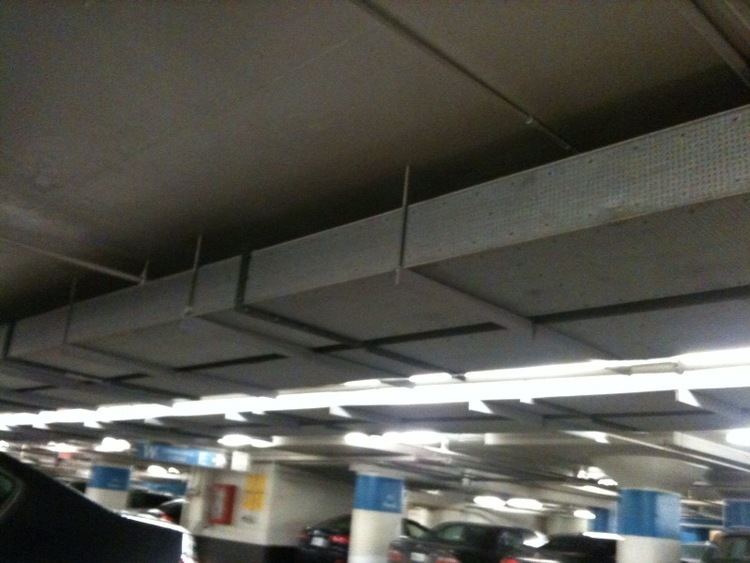 | ||
Pressurisation duct work is a passive fire protection system. It is used to supply fresh air to any area of refuge, designated emergency evacuation or egress route.
Contents
Purpose
Requirements
Typically, pressurisation ductwork is subjected to demonstrable product certification on the basis of fire testing (for example, ISO 6944). In the United States, additional hose-stream testing is required to achieve product certification, as the system includes not just a section of ductwork tested in a full scale floor furnace, but also a firestop, which must survive the hose.
Pressurisation systems are evaluated for exterior fire exposure. Grease ducts, on the other hand, are evaluated for both interior and exterior fire exposures.
Systems
There are two means of providing fire-resistance rated ductwork:
Drywall shaft-wall systems
The use of drywall shaft-wall systems has been common for many years. 3-D full scale fire testing (e.g., ISO 6944) resulted in the first certification listing for an inherently fire-resistant duct. Drywall systems were tested as flat walls, but not as a three-dimensional solution surrounding a real duct with four corners. Shaft-wall systems are tested to the same standards as all other fire barriers, such as ASTM E119 and ULC S101. These standards mandate thermocoupling in the middle of the test assemblies, in each quadrant and joints. However, no thermocouples go at the interface between the test assemblies and the surrounding structure, which is the closest thing to a corner. Wall Interfaces are fireproofed by the test labs before fire testing, a fact worth consideration in permitting corners in on-site configurations.
In Europe, where ISO 6944 originated, rock-wool systems, calcium silicate and sodium silicate bound and pressed vermiculite, as well as the proprietary Durasteel systems, have been in use for decades .
